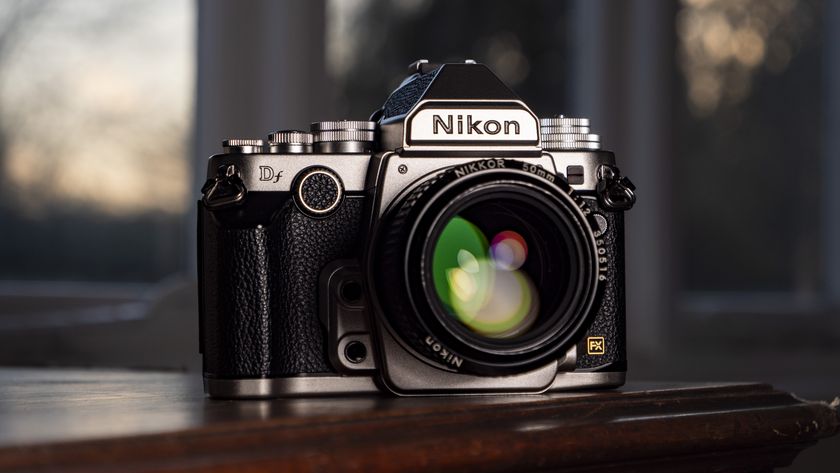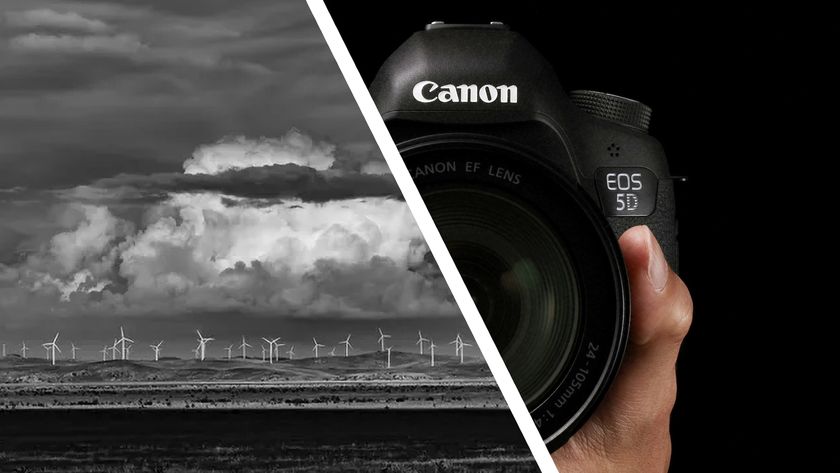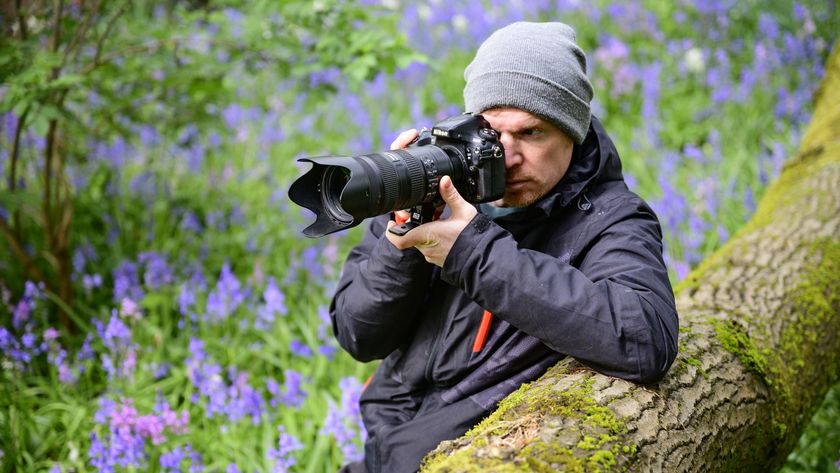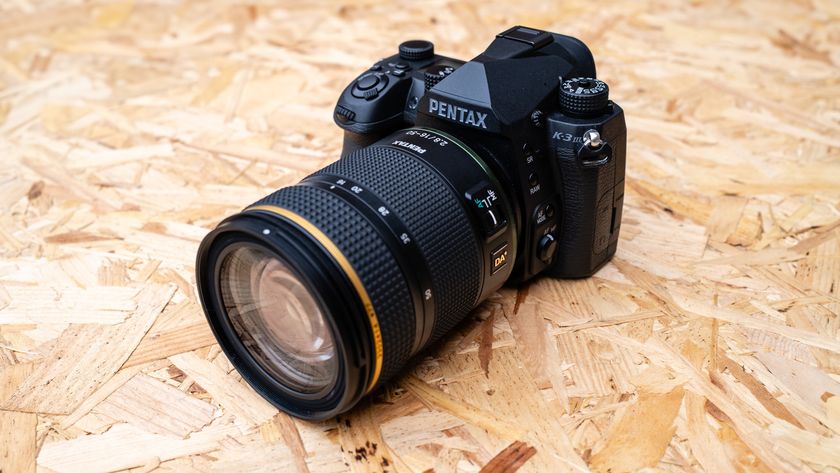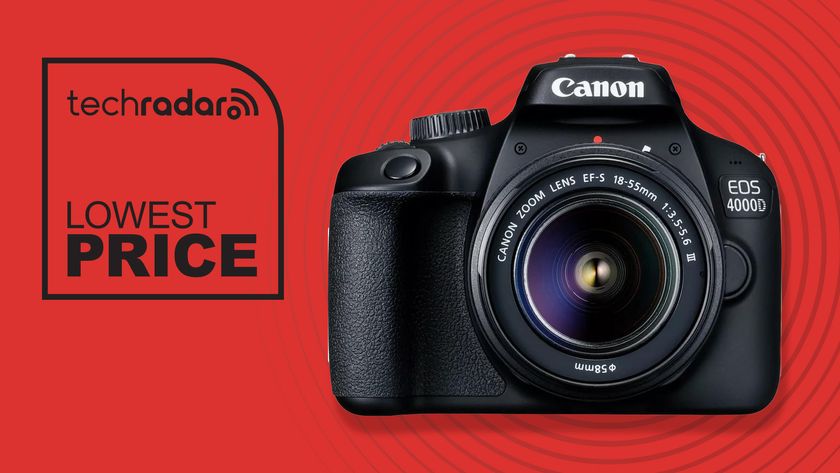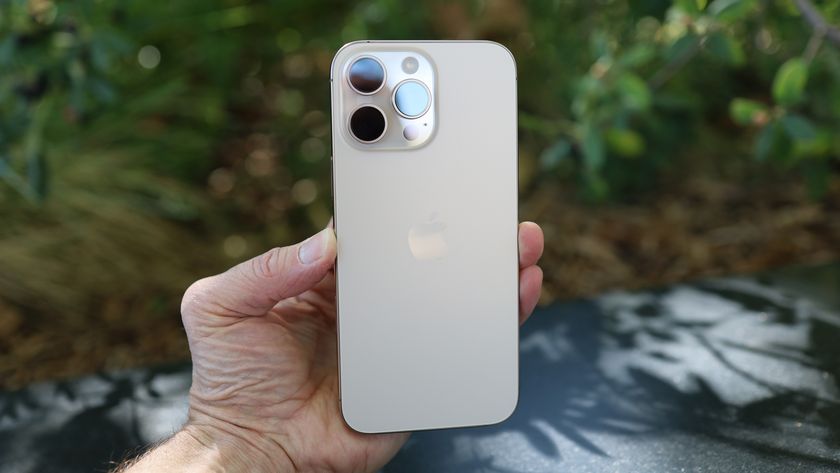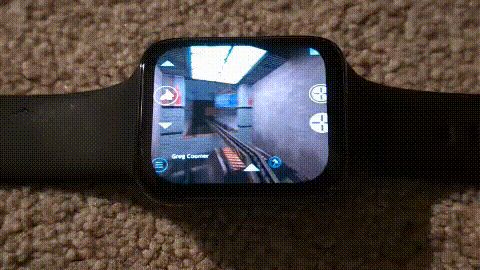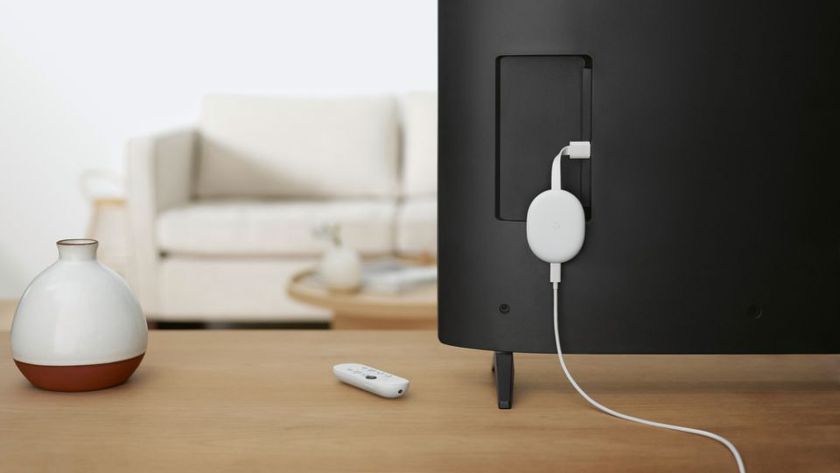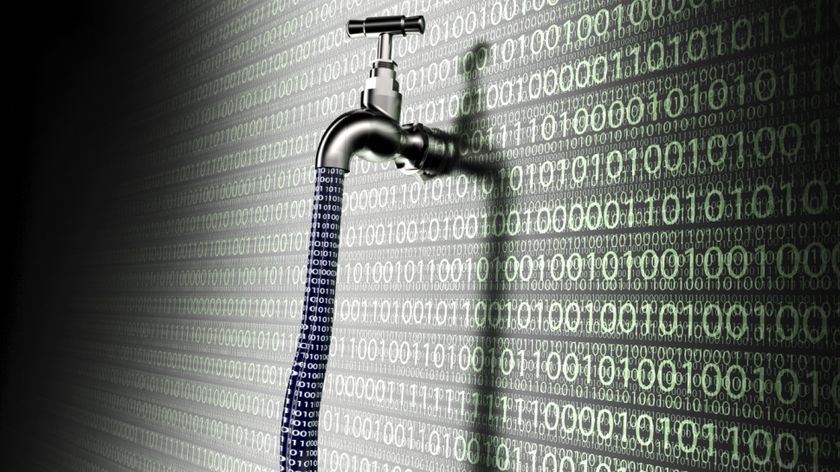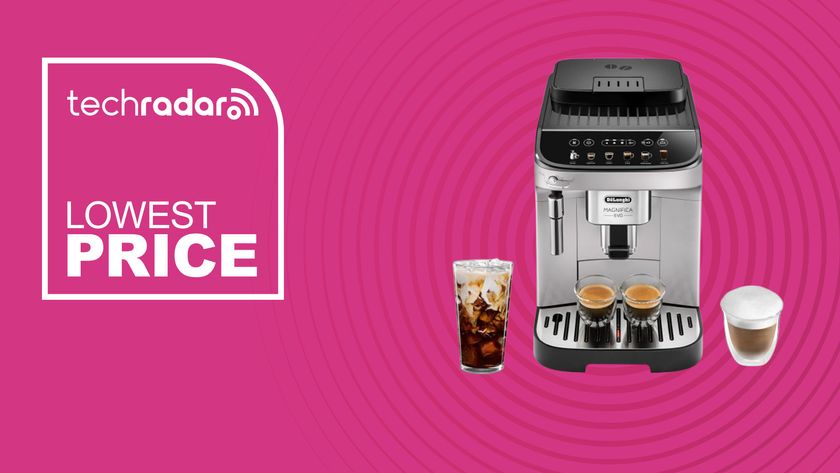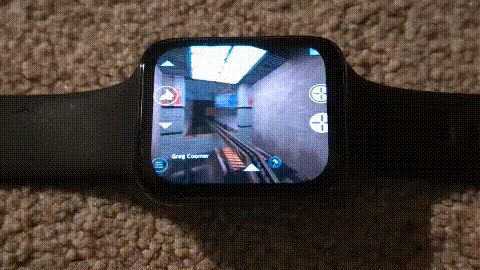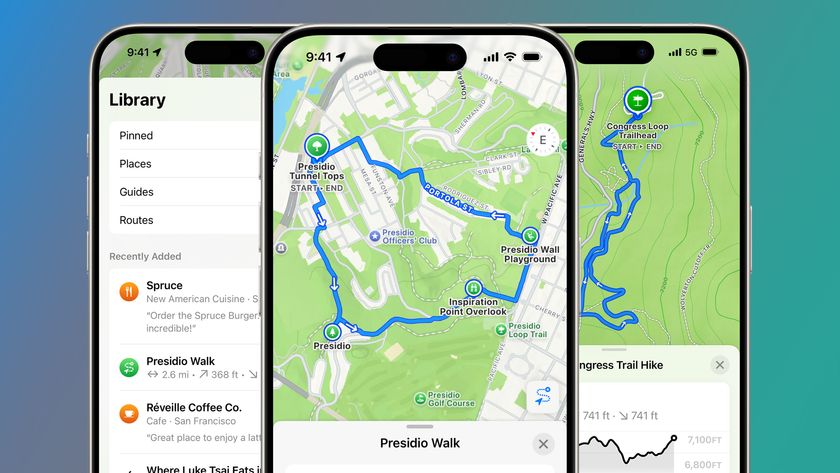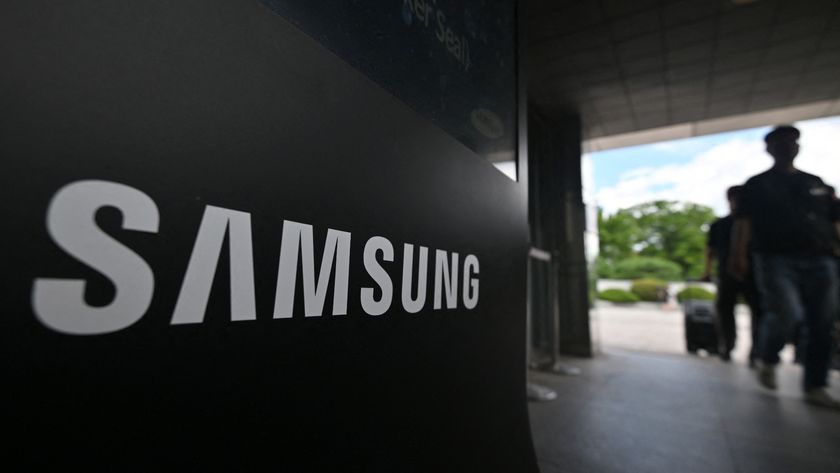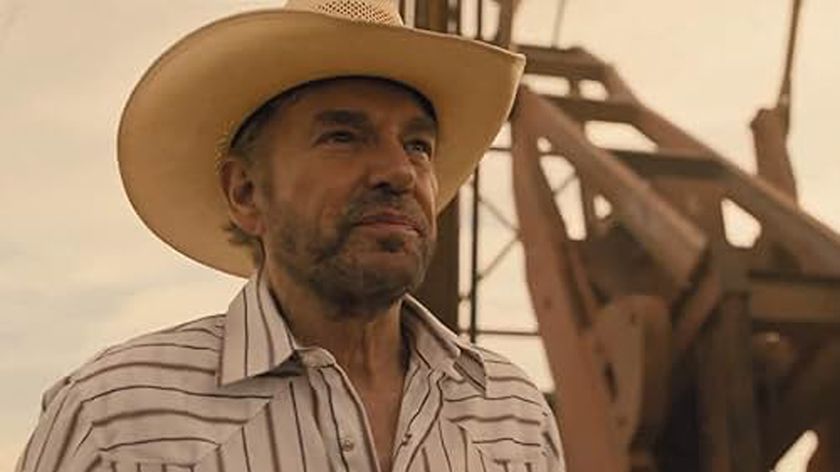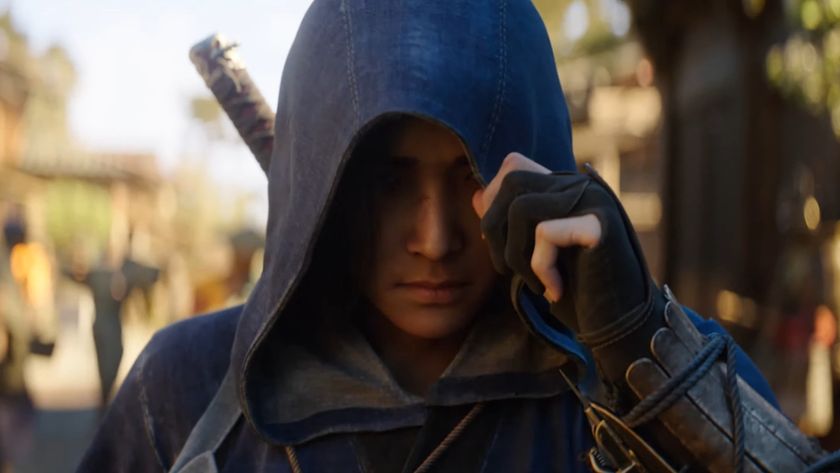Field Test: Fujifilm GFX 50S
Going from full-frame to medium format
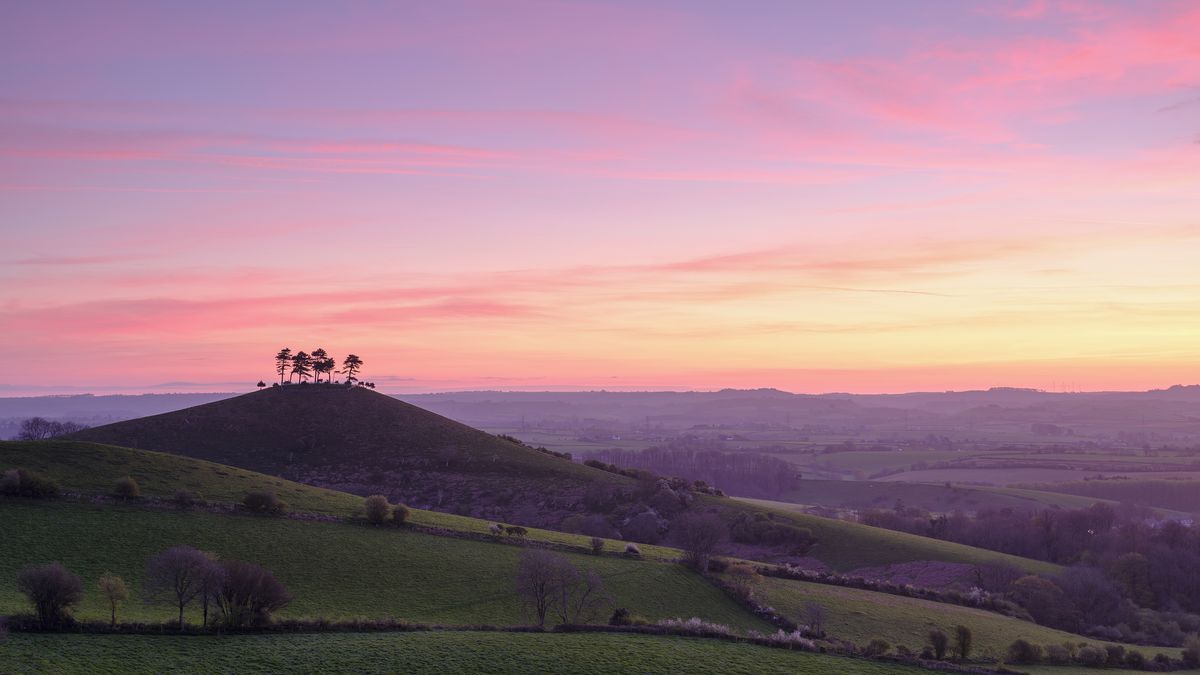
Switching camera systems is a huge step, and not one to be taken lightly. It costs a lot of money – far more than simply upgrading a body to use with existing lenses – and there's the additional hassle of learning the quirks of a new camera and developing a suitable workflow.
I’m not an impulsive person, and the last time I switched systems was when I went digital – the reason being that, at the time, neither Nikon nor Pentax, whose 35mm and medium format film cameras I was shooting with, had a full-frame digital offering. I switched to Canon, and stayed with them.
Back in April, however, this changed, as I sold my Canon EOS 5DS and lenses and purchased the Fujifilm GFX 50S, a medium format mirrorless camera. So, why the switch? Well, I was already very familiar with Fujifilm cameras; for a while I’d been using an X-E1 and then an X-Pro2 as a second system in situations where I needed to travel light, and I really enjoyed working with both cameras.
I felt that not only were they very engaging cameras to shoot with – for me it was a real joy to be working with traditional aperture rings and shutter speed dials again – but the results were fantastic. The color and tones were outstanding; it was rather like looking at some of my old Fujifilm transparencies. However, resolution is important for landscape photographers, so for my main work I’d stuck with the 5DS.
A clear advantage
So when Fujifilm announced the development of the GFX, I was excited: the prospect of Fujifilm image quality on a 51.4MP medium format sensor was a very tempting prospect. When I shot film, my main system was a 6 x 7cm medium format camera; there was clearly an advantage to shooting a format that was considerably larger than 35mm, and I think the old adage, ‘bigger is better’ also applies to some extent to digital sensors.
I’d looked at digital medium format before, but had been put off by the size and weight of the cameras – an important consideration if you have to hike long distances to locations – and also, to be honest, by the price. But the GFX was sensibly priced, and weighed no more than my full frame Canon, so it seemed to offer almost everything I was looking for.
”I came to the system with high expectations, and fortunately these have been met.”
I came to the system with high expectations, and fortunately these have been met. The camera is quite simply a joy to use, being very like a scaled-up X-T2. Although slightly bulkier than, say, a Canon EOS 5DS or Nikon D810, the weight is about the same. It balances well and the control layout is well thought out, with the vast majority of buttons and dials being easily accessible with the right hand.
Get daily insight, inspiration and deals in your inbox
Sign up for breaking news, reviews, opinion, top tech deals, and more.
The exceptions to this are the review and delete buttons, which sit on top of the ‘shelf’ above the rear LCD. This makes access slightly awkward, although the review function can be re-assigned to one of the other buttons, which for me, solves the main problem, as I rarely if ever delete anything in the field.
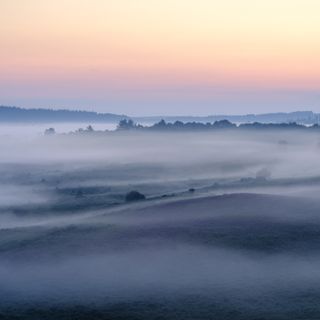
My only other niggle with the controls is that Fujifilm has done away with the exposure compensation dial, in the place of which is a rather redundant top plate LCD. Exposure compensation is set by pressing a small, fiddly button next to the shutter and turning the rear control dial. A recent firmware update has improved things, making it possible to permanently assign the rear control dial to exposure compensation in aperture priority mode, but a dial such as the one on the X-series cameras would still be preferable.
The GFX is highly customizable, and after a little chopping and changing I’ve now got it set up to suit my style of shooting. In fact, this side of the camera is so good that handling has now become almost instinctive; this is a camera which allows you to get on with the task of taking photos, without getting in the way.
In terms of features, there are many that I’ve come to rely on in daily use: the live histogram, live highlight alert, electronic level, being able to switch aspect ratios on the fly, focus peaking, the two-way tilting screen and the touchscreen facilities. However, for me personally, the feature I’ve come to appreciate the most is the fact that in 'T' mode you can dial in exposure times of up to an hour. This makes long exposures so much easier than locking the shutter open in Bulb mode and keeping an eye on the clock; the fact that the camera meters accurately and the viewfinder 'sees' well in really low light are an added bonus.
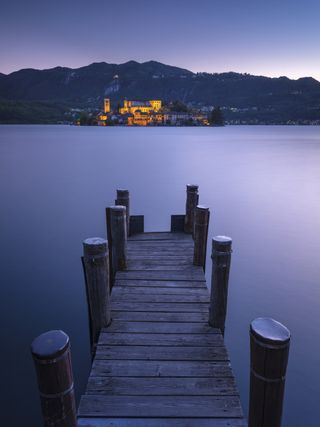
Speaking of the viewfinder, this was the one reservation I had before committing to the system. I’ve always preferred optical viewfinders, but Fujifilm’s EVFs are among the best there are; the one on the GFX continues this trend, being large, bright and clear. There have been reports of the EVF image suffering from ‘shimmering’. While there is some shimmer, changing the brightness and contrast settings from their default levels and choosing a suitable (low-contrast) picture style dramatically reduces this, and I find it’s not something that bothers me in real-world use.
At the moment there's a fairly limited range of lenses available, which was perhaps the biggest concern I had about switching systems. I currently have two native lenses – the 32-64mm f/4 and the 23mm f/4. Both of these lenses are superb, with fantastic sharpness across the frame, as well very good contrast and color characteristics.
To make up for the lack of native lenses, it is possible to adapt a wide variety of third-party lenses. To cover the longer focal lengths I have two adapted Mamiya 645 lenses, a 55-110mm and a 105-210mm. These work really well on the Fuji and are very sharp – but the best bit is they cost me less than £300 for the pair! Photographers on a budget could probably kit themselves out with a full range of focal lengths for not too much money, provided they're happy to accept the limitations of manual focus and stop-down metering.
What about image quality?
Of course, the question that everyone wants answered is: what about the image quality? Well, put simply, it’s class-leading. If you’ve always thought that 50 megapixels are 50 megapixels, then think again. The Fujifilm delivers indisputably better image quality than the Canon EOS 5DS. Sharpness and clarity are simply astonishing. This is partly due to the absence of an AA filter, and partly due to the new microlens design. The trade-off is a greater risk of moiré, but I’ve only seen this in a couple of images so far, both of architectural subjects. It was easily corrected in post-production, but if I were shooting a lot of architecture and cityscapes it might be something I’d have to think about.



Dynamic range is also impressive – I’m constantly amazed at how much clean detail I can dig out of deep shadows. To be honest, when I was shooting with my 5DS, although I was generally happy with the image quality, I found myself occasionally getting frustrated with its dynamic range when shooting in difficult lighting, especially when compared to images shot with other makes. This is no longer a concern. Despite having shot in some fairly contrasty conditions, I’ve not yet had to bracket and blend images, and I’m using graduated filters less often than I used to.
The big news, though, is color. Like many other landscape photographers, in my film days my preferred film stock was Fujifilm Velvia; I just loved the vibrant, punchy, but natural colors. Ever since I stopped shooting film, I’ve been searching for a digital equivalent. I’ve now found it – except that it’s better, with a much wider dynamic range and the ability to be pushed fairly hard in post-production if required.
Final thoughts
Switching from a system with which I’d been earning a living for over a decade was a big move for me. It was not something that I did on a whim – and in particular, switching from a DSLR to a mirrorless system was something that I knew would involve a bit of a learning curve. But the transition has been remarkably smooth, and as a result of the switch I’m enjoying my photography more than ever.
Mark Bauer is one of the UK’s leading landscape photographers. Specializing in atmospheric images of the South-west of England, he supplies stock images for editorial and advertising use, with his images published around the world. You can see more of his photography at www.markbauerphotography.com
- Read our full review: Fujifilm GFX 50S
